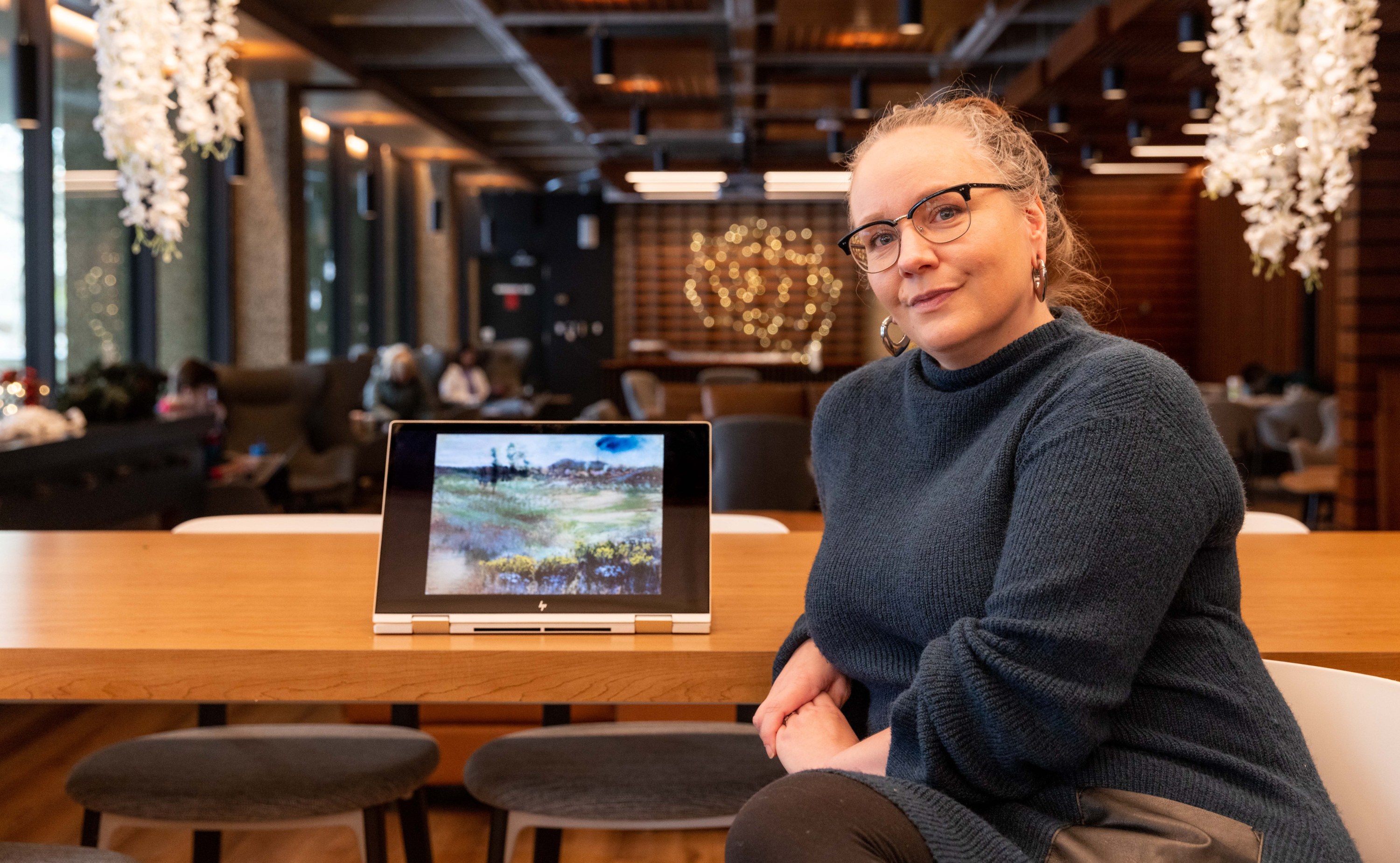Known as the Munich art hoard, it was one of the biggest discoveries of art stolen by the Nazis since the Second World War.
In 2012, some 1,500 artworks by the likes of Picasso, Munch, Matisse, Kirchner and Klee were found in the possession of Cornelius Gurlitt, son of a celebrated art historian and dealer who — though Jewish himself — used his wife’s Aryan name to exploit Nazi policy for personal gain.
The hoard was among more than 600,000 cultural objects seized from their Jewish owners by the Nazis between 1933 and 1945. Many are still missing today.
The discovery sparked a renaissance of interest in Nazi-looted art, says Gwyneth Pheasant Lust, a third-year law student who won this year’s Holocaust Remembrance Essay Award for her argument on the subject.
Administered by the Faculty of Law and funded by law alumnus Henry Wolfond of Toronto, the international prize honours the best essay written by a law student on a topic relating to law and the Holocaust. It comes with a $2,300 cash prize.
In her winning essay, Pheasant Lust offers restorative justice as one way to address “the human, moral and ethical elements that are inseparable from a Nazi-looted art claim.”
Perhaps most familiar to Canadians for providing healing, reparation and reintegration to Indigenous communities, the concept of restorative justice is defined by the Canadian government as allowing “those harmed and those who take responsibility for the harm to communicate about and address their needs in the aftermath of a crime.”
Pheasant Lust’s interest in international law began a few years ago when she was completing a master’s degree in arts at the University of Chicago in Middle Eastern and Central Asian studies, with a focus on Arabic and Turkish languages and ancient religions. But she also had a long-standing interest in art, following closely the controversy around cultural objects seized by the Nazis.
“It bothered me that Jewish people were stripped of cultural property in ways that were just horrible,” she says, and decided to return to Canada to study property law at the U of A.
“I would love to be part of a process that helps restitution and repatriation. But at this stage I don’t know what that looks like.”
What she does know is that laws to restore looted art are imperfect at best. Litigation tends to ignore the human element in such disputes, she says, including the pain and suffering endured by families whose objects have value far beyond the monetary.
As she argues in her prize-winning essay, one big hurdle is that true justice can fall between the cracks of domestic and international law in seeking restitution. Even in 2012 — almost 70 years after the end of the Second World War — it wasn’t entirely clear how to fairly resolve the Gurlitt case, she says.
Just last year the U.S. Supreme Court ruled against an American complainant after Germany claimed foreign sovereign immunity in the case.
“Another case I cite is that of Maria Altmann,” she says. “It concerns a picture of her aunt, painted by Gustav Klimt. Some suggested Maria was only in it for the money and would sell it or whatever. But it’s a picture of her aunt! It has so much more meaning to her.”
To resolve such disputes with a measure of justice and compassion, Pheasant Lust suggests employing alternative dispute resolution, or settling claims outside the courts. The process can include the more inclusive and flexible steps of negotiation, reconciliation, mediation and arbitration.
Others have suggested using alternative dispute resolution for claims on cultural property, says Pheasant Lust, but what makes her argument unique is that she goes a step further, recommending restorative justice as an effective legal option.
In the context of looted art, restorative justice can recognize the profound meaning an object can have for the person who holds it, as well as its provenance, or origin and record of ownership. It also allows those on both sides of a dispute to “work together to come to a solution, but on their terms and within their limits,” she says.
One effective form of restitution involves fully acknowledging the provenance of looted art whenever it is publicly exhibited, writes Pheasant Lust, as happened in the case involving the seized property of Louise and Friedrich Gutmann.
Both died in concentration camps and their collection, including a work by Edgar Degas, was either liquidated or disappeared completely.
In a settlement involving the Gutmann heirs, the Art Institute of Chicago was granted ownership of the Degas. When on display, it carries a label outlining the misappropriation of the work by the Nazis and the atrocities the Gutmanns faced.
Such acknowledgment can amount to an apology, writes Pheasant Lust, crucial in any restorative justice process.
Pheasant Lust says her plan is to pursue an academic career after graduating with a law degree next spring. She hopes to one day help protect cultural property abroad and closer to home, wherever claims to such artifacts are under dispute.
It’s “also really important to Indigenous communities and their cultural objects,” she says. “They need to be protected.”
